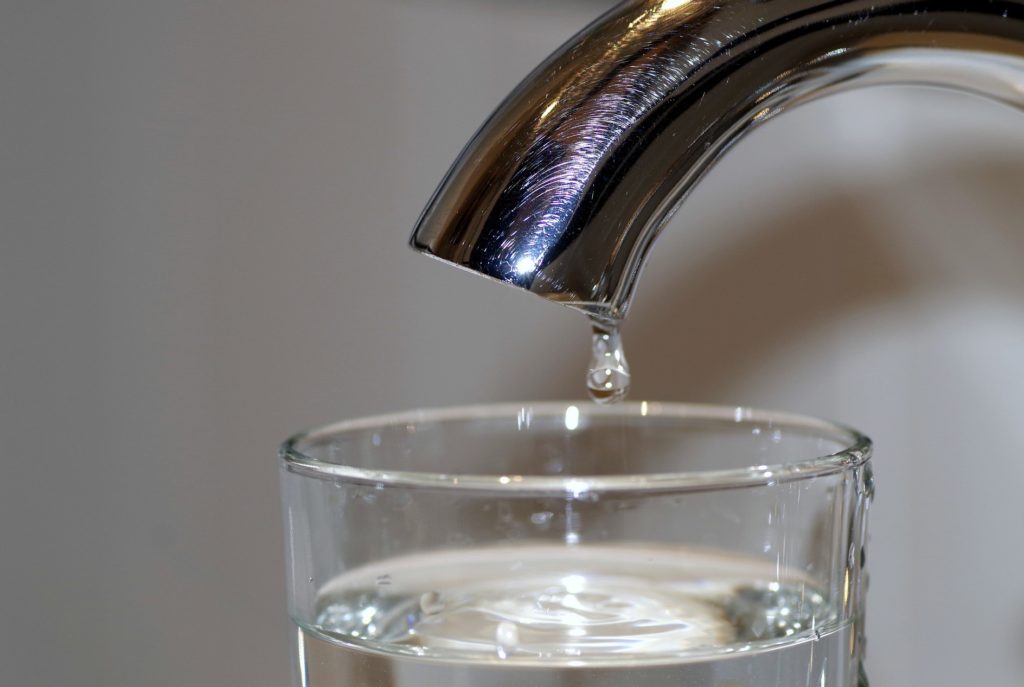How do you feel in regards to 9 Reasons for Low Water Pressure in Your House?

Low water stress in your house can be an irritating trouble, impacting everything from bathing to washing dishes. If you're experiencing weak water circulation, there are numerous feasible reasons and remedies to check out. In this overview, we'll go over usual reasons for low tide pressure and functional steps to attend to the issue properly.
Intro to Low Water Stress
Low water pressure happens when the flow of water from your faucets, showers, and other components is weaker than typical. This can make day-to-day jobs more challenging and less effective. Comprehending the reasons for low water pressure is vital to discovering the appropriate solution.
Typical Causes of Low Water Stress
Pipeline Obstructions
In time, pipelines can end up being clogged with mineral deposits, sediment, or particles, limiting the circulation of water. This is a common issue in older homes with galvanized steel pipelines.
Corrosion
Rust within pipelines can lead to leaks and reduced water stress. Corrosion buildup can constrict water flow, particularly in aging plumbing systems.
Faulty Pressure Regulators
Pressure regulators are in charge of preserving constant water stress in your home. If they malfunction, it can lead to low tide stress or irregular flow throughout the house.
Local Water Issues
In some cases, the issue lies outside your home. Municipal supply of water problems, such as main line leakages or maintenance job, can momentarily lower water pressure in your area.
Exactly How to Diagnose Low Tide Stress
Inspecting Taps and Fixtures
Begin by examining the water pressure at various faucets and components throughout your home. If the problem is isolated to certain areas, it might suggest localized issues.
Evaluating Pipes
Inspect noticeable pipes for indicators of leakages, deterioration, or obstructions. Pay attention to any unusual sounds, such as knocking or rattling pipelines, which could indicate issues within the plumbing system.
Consulting with a Plumber
If you're unable to pinpoint the reason for low water stress, think about hiring a specialist plumber to perform a detailed evaluation. They can identify underlying problems and recommend ideal options.
DIY Solutions to Take Care Of Low Water Stress
Cleaning Aerators and Showerheads
Mineral deposits can gather in aerators and showerheads, lowering water flow. Get rid of and cleanse these parts routinely to enhance water pressure.
Flushing Water Heater
Debris accumulation in the water heater can restrict circulation and lower effectiveness. Purging the container regularly aids get rid of sediment and preserve ideal performance.
Checking Stress Regulator
Ensure that the stress regulatory authority is operating appropriately. Changing or replacing the regulator can assist bring back appropriate water stress throughout your home.
Cleaning Clogs in Water Lines
For minor clogs, attempt utilizing a plumbing snake or chemical drainpipe cleaner to clear obstructions in pipes. Beware when using chemicals and adhere to safety and security standards.
When to Call an Expert Plumber
If DIY efforts stop working to deal with the issue or if you suspect significant plumbing troubles, it's best to seek assistance from a certified plumber. They have the knowledge and devices to address complex concerns securely and effectively.
Preventive Measures to Maintain Water Pressure
Regular Upkeep
Set up routine upkeep for your plumbing system to stop issues such as deterioration, leaks, and obstructions. Dealing with minor problems early can aid prevent even more considerable fixings later on.
Installing a Pressure Booster
Think about installing a stress booster pump to improve water stress in locations with continually reduced circulation. This can be especially useful for multi-story homes or homes with high-demand fixtures.
Monitoring Water Usage
Be mindful of water use practices and prevent ill-using the plumbing system. Basic modifications, such as staggering showers and laundry lots, can aid preserve adequate water stress.
Conclusion
Managing low water pressure can be frustrating, however identifying the underlying reasons and applying appropriate services can recover ideal flow throughout your home. Whether it's cleansing aerators, evaluating pipes, or speaking with a plumber, taking positive actions can guarantee a steady supply of water for your everyday requirements.
FOUR WAYS TO FIX LOW WATER PRESSURE NOW
Turning on a shower or faucet only to find the water comes out in a sad, slow drizzle is never a good feeling. How exactly are you supposed to wash a pan or take a quick shower when it takes 10 minutes just to rinse off a little soap? The good news is that when your water pressure is bad, there's always a cause: typically one that can be easily fixed. Here are some of the most common causes of low pressure and what you can do to fix the issue:
DEBRIS AND MINERAL DEPOSIT BUILDUPS
If you notice low water pressure from just one or two of the fixtures in your house, the problem likely has to do with debris buildup. Water is full of minerals and other debris, all of which can accumulate in your pipes and on your fixtures. This can cause a blockage that affects how much water flows through. To fix this, try filling a small plastic bag with white vinegar, and use a rubber band to hang it around your showerhead or faucet. Let the head of the fixture soak for a few hours, and the vinegar should loosen the deposits.
WATER LEAKS
Leaks are another common cause of low water pressure. If water is flowing out of your plumbing through a hole or crack before it can reach your fixture, the pressure coming out of the faucet or showerhead will be lower. A plumbing professional is your best bet for finding and repairing a leak in your water supply pipes.
Leaks are another common cause of low water pressure. If water is flowing out of your plumbing through a hole or crack before it can reach your fixture, the pressure coming out of the faucet or showerhead will be lower. A plumbing professional is your best bet for finding and repairing a leak in your water supply pipes.
A VALVE ISSUE
If you have low water pressure throughout your home, check your main shut-off valve to make sure it's completely open. You may also want to see if there's a pressure-reducing valve installed. If there is, have a plumber help you adjust the settings to get the pressure you're looking for.
OTHERS USING WATER
Believe it or not, your low water pressure could be caused by your neighbors. If you notice low pressure at certain times of day, it may be because you and the people living next to you have similar schedules - when everyone is showering at the same time, the pressure will be lower in every home. Low pressure throughout the neighborhood may also be caused by an issue with your municipal water supply. If that's the case, call the supplier to see if they're working on the issue.
https://www.rotorooter.com/blog/water-leaking/low-water-pressure-fixes/

We are very fascinated with Dealing with Low Water Pressure in Your Home and I'm hoping you enjoyed reading our piece. Please pause to distribute this blog post if you liked it. We treasure your readership.
Call Today
Comments on “Helpful Methods for Dealing with Low Water Pressure in Your Home”